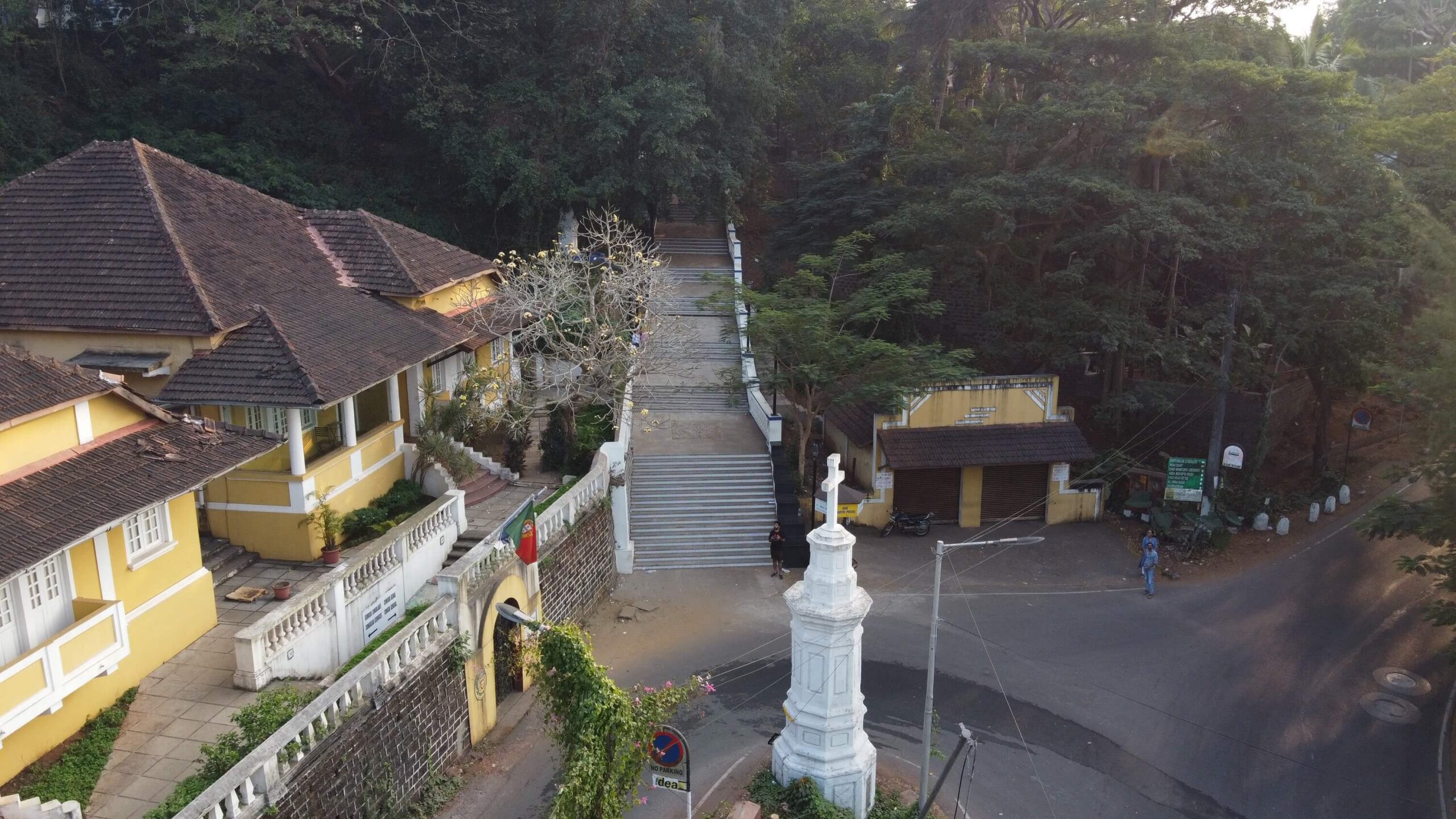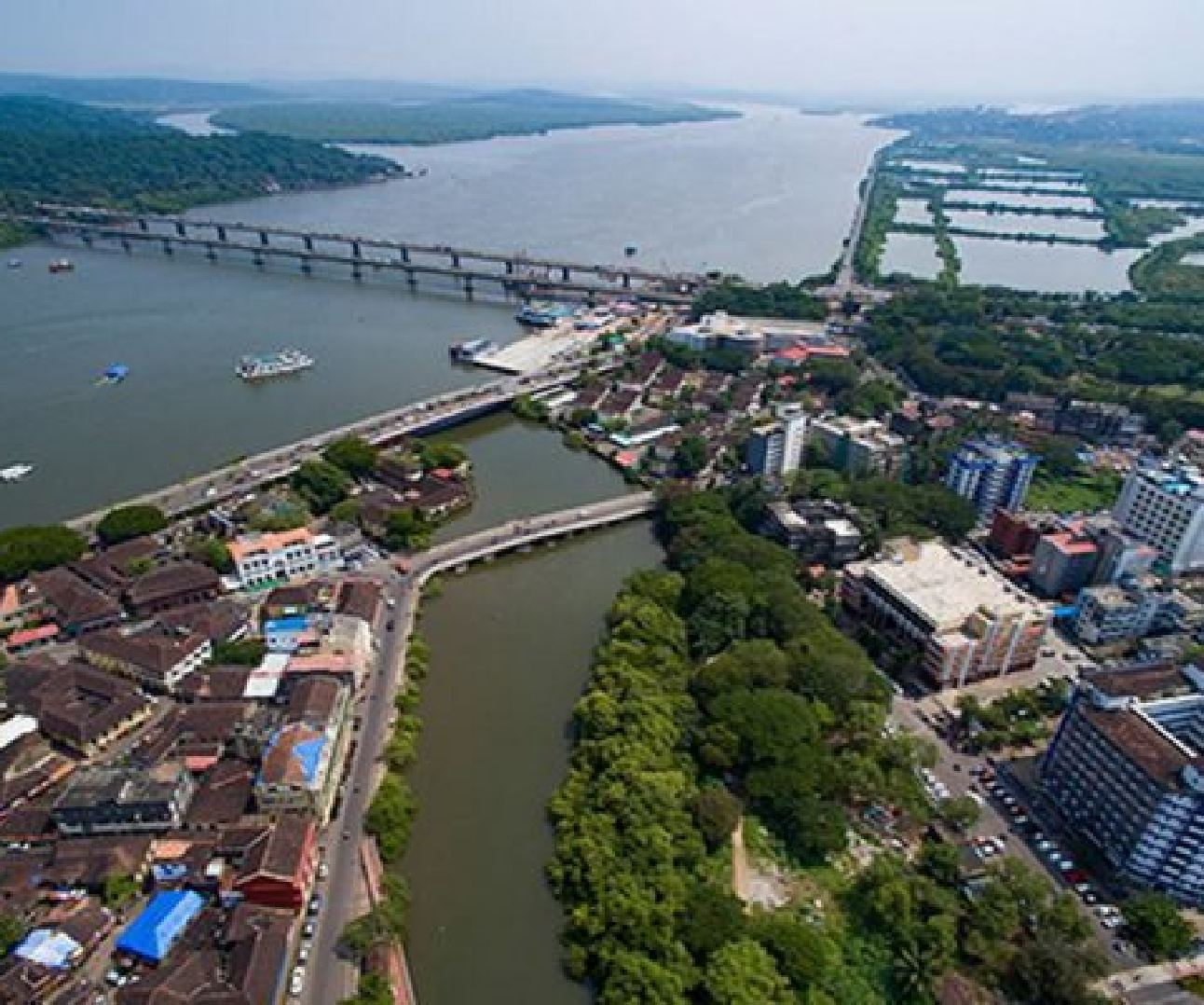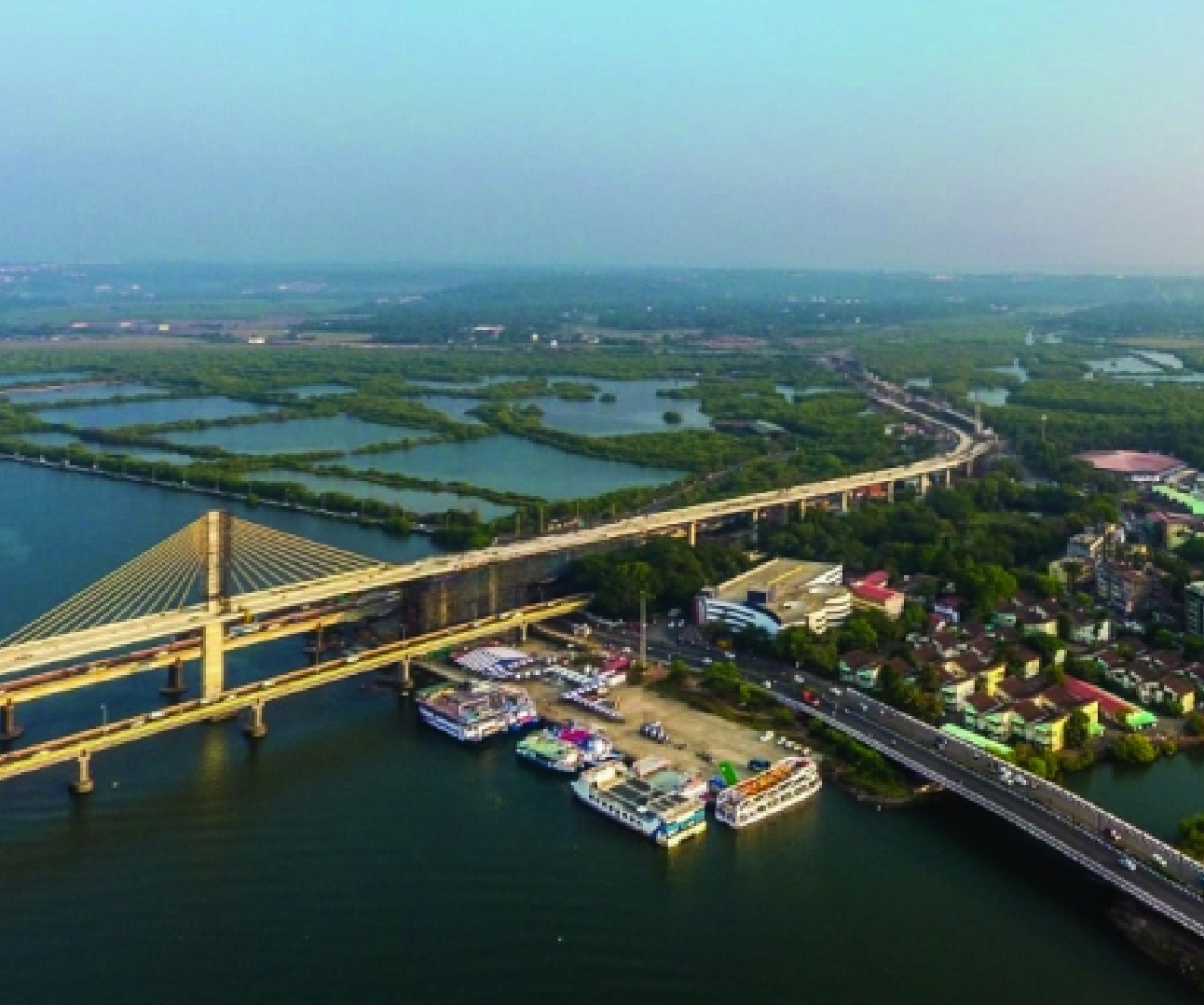Corporation of City of Panaji
The Corporation of the City of Panaji is the oldest civic institution in Asia. It received the status of a
Portuguese city in 1843. It is also the world’s smallest municipal corporation, catering to the civic
needs of Goa’s capital city of Panjim.
Portuguese city in 1843. It is also the world’s smallest municipal corporation, catering to the civic
needs of Goa’s capital city of Panjim.
About us
Corporation of the City of Panaji
The Corporation of the City of Panaji is the oldest civic institution in Asia. It received the status of a Portuguese city in 1843. It is also the world’s smallest municipal corporation, catering to the civic needs of Goa’s capital city of Panjim.
What is it that distinguishes Panaji from any other city in India? It is the only city in the country that has stepped streets. It is the only city in India with a seven kilometre long promenade. It is the first city in India to be built on a planned grid system and the only city to be so user friendly. It is also the only city in India to have been relocated stone by stone from a capital that fell to disease and ruin. Architectural styles range from Goan Domestic, to Indian Art deco, to Indo-European, to Indian Baroque and to British Colonial styles.
These are only some of the things that make the city unique. Finally, it is the people that live here that make it what it was in the past and what it is today. They will decide what the city will look like in the future. It is when the people of a city react to something the city planners are doing that one knows that they feel that this city belongs to them.
It is only when we manage to keep our beaches cleaner, make our traffic signs smarter, manage our garbage more efficiently, welcome more people to use our open spaces, beautify our gardens, romanticize our city skyline and make our streetscapes more human in scale that we know that the city really belongs to its citizens. One of the most dramatic of all these actions is the acknowledgement that the city has a history and that some of its buildings are evidence of that history.

About us
City that Cares about its Heritage
One of the greatest joys is the restoration of several of Panaji’s heritage buildings. It is this one single action that has been responsible for enhancing civic pride, changing the face of the city, building its architectural wealth and character. It is one single factor that has made a huge difference to making the city attractive to tourists and user-friendly for its citizens.
None of this would have been possible without the participation of the city’s many NGOs and professionals who have dedicated significant chunks of their time and energy and worked with the Corporation as one body. Very few of us will know of the long and hard hours of single-minded dedication, planning and supervision that have gone into showcasing the beauty of this city. A city that has come to be known today as a city that brings people together; a city that is green and a city that cares about its heritage.



About us
More About Panjim City
Panjim is one of the most charming and best planned cities in the country, with a network of main avenues and connecting roads, a sewerage system, gardens and excellent Indo-Portuguese architecture. The city rises from low lying salt flats and rich mangrove clusters upwards to the Altinho hill topped by the Archbishop’s Palace and the Chief Minister’s official residence. The city has the Mandovi river and the Miramar Beach. Further there are a series of beaches from Caranzalem beach, round the bluff with the Cabo or the Governor’s residence perched high on it, to small beaches like Hawaii and Orchel.
So many entries to this capital city of Goa and each one takes the visitor completely by surprise. One entry is from Old Goa and Ribandar along the 3.2 km long causeway Ponte de Linhares (pronounced as Pont the Leenyaaresh) with salt pans and mangroves on the left and the gently flowing Mandovi on the right, with a couple of barges steaming importantly up the river to load iron ore, some yachts, and a clutch of blue fishing trawlers. Beautiful at any time, early morning and late evenings are the best times for a delightful drive on the Ponte de Linhares. This was described as the oldest and longest causeway of its kind in the whole of the East
The Taleigaon plateau entry lets you cruise down past along the Caranzalem-Miramar coast, through the heritage area of Campal and beautiful tree-lined avenues, past Kala Academy the cultural centre of Panjim and the location for the International Film Festival, past Children’s Park and into the market area of the city. A third entry is through Four Pillars and the long road that arrows its way through fields and khazans into the Latin Quarter of Panjim, the much celebrated Fontainhas area on the left of the Ourem Creek with a modern business sector Patto Plaza, on the right bank.
But by far the most spectacular entry to Panjim is zooming down highway 17, from Mapusa. The road rises slightly at Porvorim and then rushes down as though in a hurry to show you a jewel of rare beauty. Twin Mandovi bridges carry you across the silver river and one could swear one gets a feeling of physical embrace as you enter this special city which as one city planner the late David Menezes, once wistfully remarked, is “a gift from God.” This is Panjim. Or Panaji, as it was referred to in Post-Liberation times.
And the Corporation of the City of Panaji, works day and night to keep your city beautiful. We are proud of our gardens and roads, our architecture and our people, our river and sea, our entertainment and our facilities.
We have made this website very user-friendly, giving you the choice of downloading relevant forms needed for certification or licenses or applications for utilities connections. A Citizen’s Charter will guide you step-by-step in all that is required to obtain whatever certification you require from the Corporation. In the interests of transparency, we have included a Public Disclosure page.







